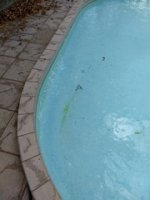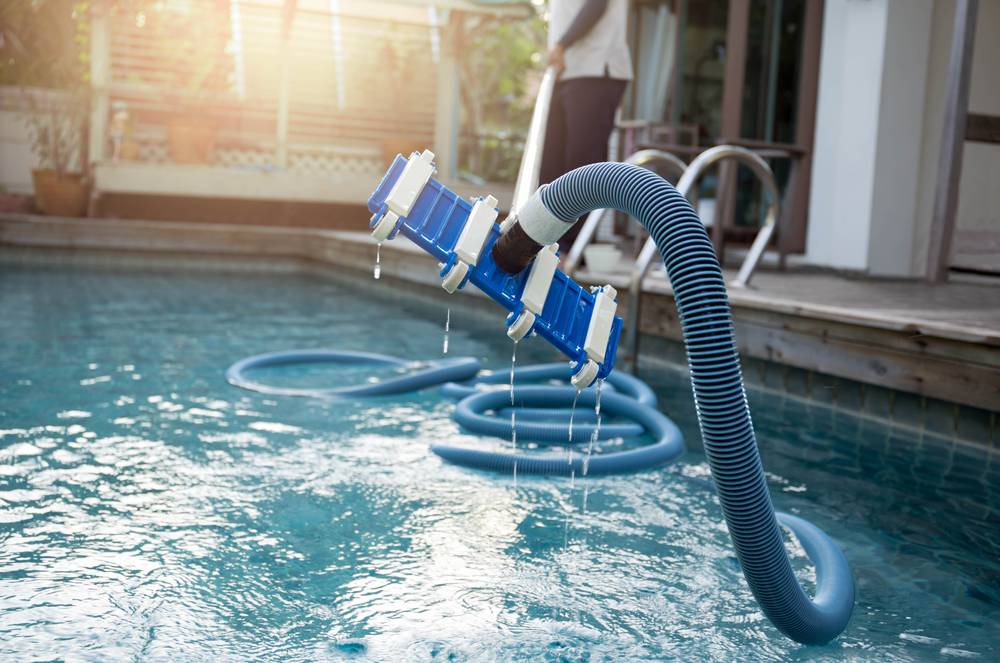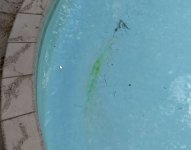
Hopefully I can get some thoughts about slamming a budding mustard algae bloom in my pool. The hurdle is that I live in Nicaragua and there is no way I can do (or buy) a FAS-DPD test.
The best I have is Pentair's Pro 11 test kit. It uses tablets to test for free chlorine (DPD1) and, using that sample, adding another tablet for total chlorine (DPD3) - subtracting free from total to get combined, if any.
The instructions say that if the color darkens chloramines are present. To my eye I do not see any darkening. Another issue with this kit is that it states if there is more than a 0.2ppm increase a slam may be required. The comparator only has markings for 0.5, 1.0, 1.5, 2.0, 5.0, & 10.0. How do you measure 0.2 on that scale? And chlorine (bleach) levels in the 16+ range for slamming?
Can I dilute samples of the pool water while slamming to work within the range of the kit that I have? I recall a thread about dilution and measuring the concentration of bleach in jugs (to verify that x% was indeed x%). Would that be a work-around?
Pool numbers as best as this kit reports them (pre-slam):
FC - 5+ish
TC - 5+ish
CC - 0
pH - 7.8
TA - 90
WH - 300
CYA - 35-40
Thanks for your thoughts and recommendations.




![solution-mustard-algae-v2[1].jpg solution-mustard-algae-v2[1].jpg](https://www.troublefreepool.com/data/attachments/165/165458-f1d07a80b0b05306fca15558d7777c5b.jpg)